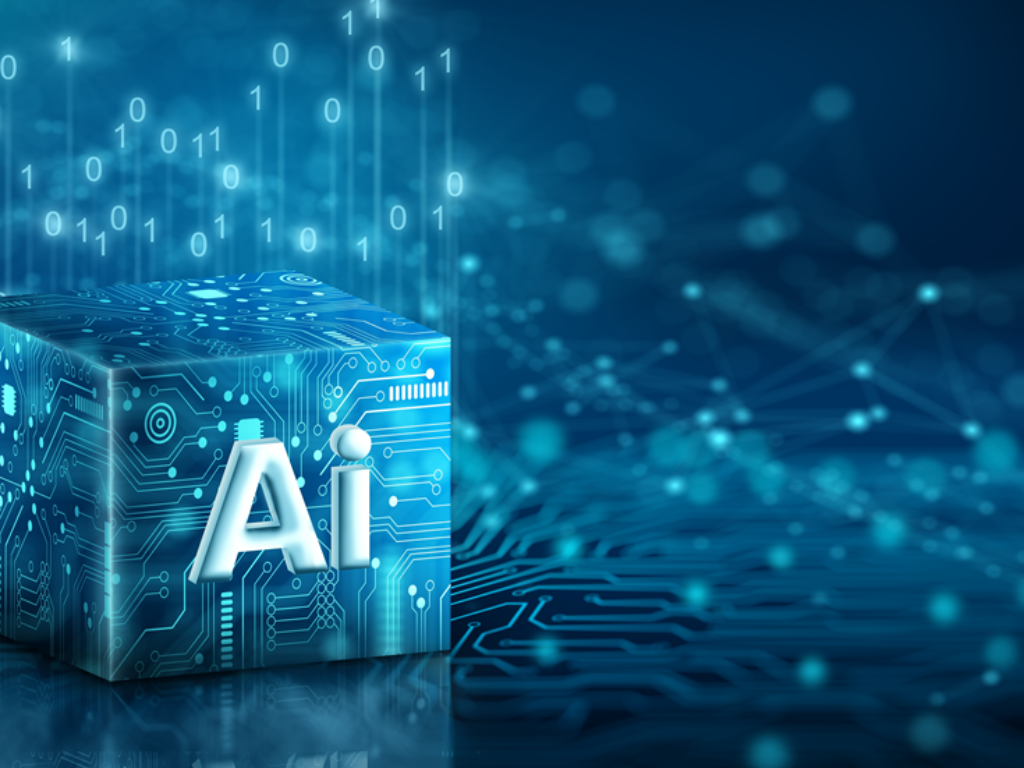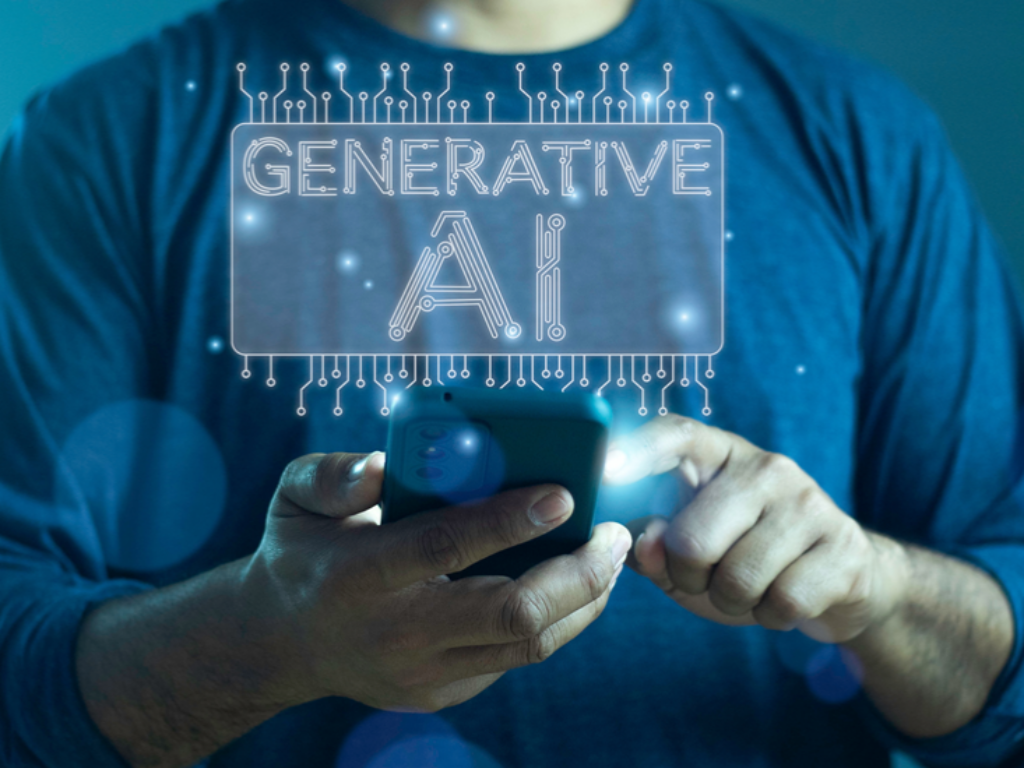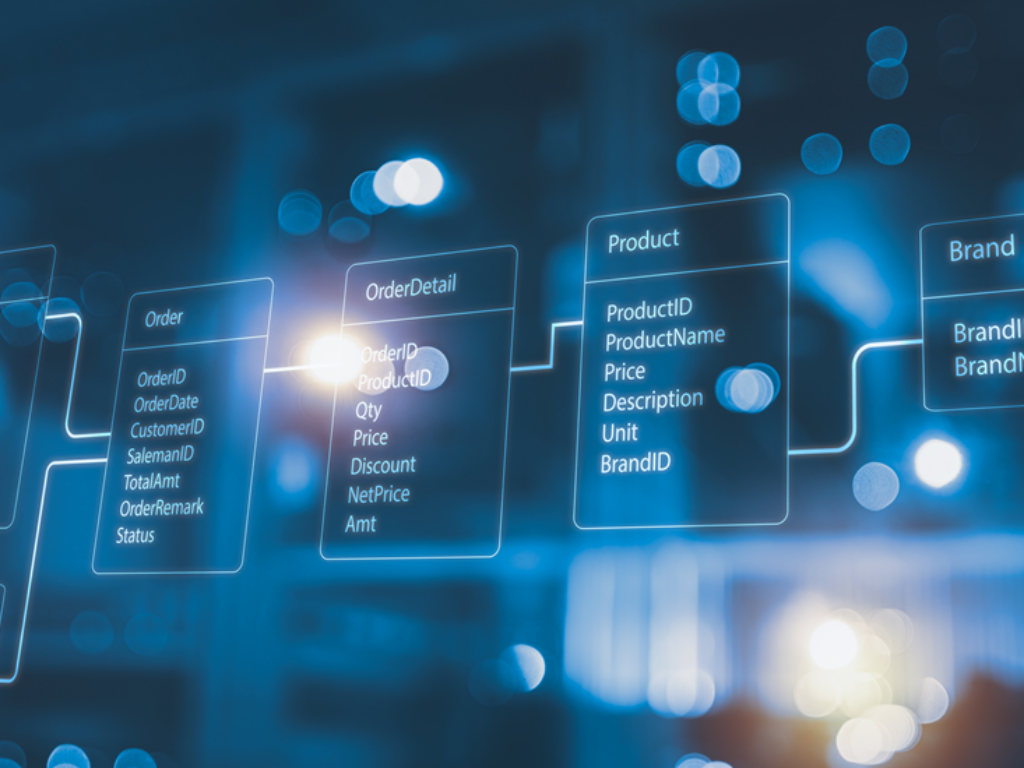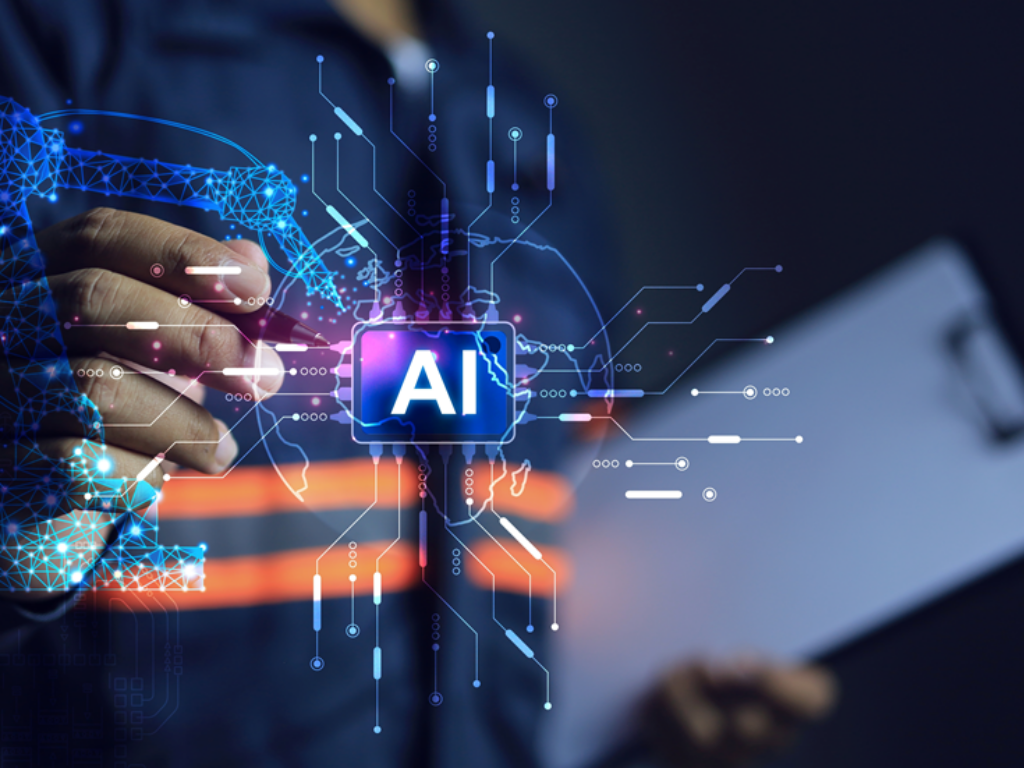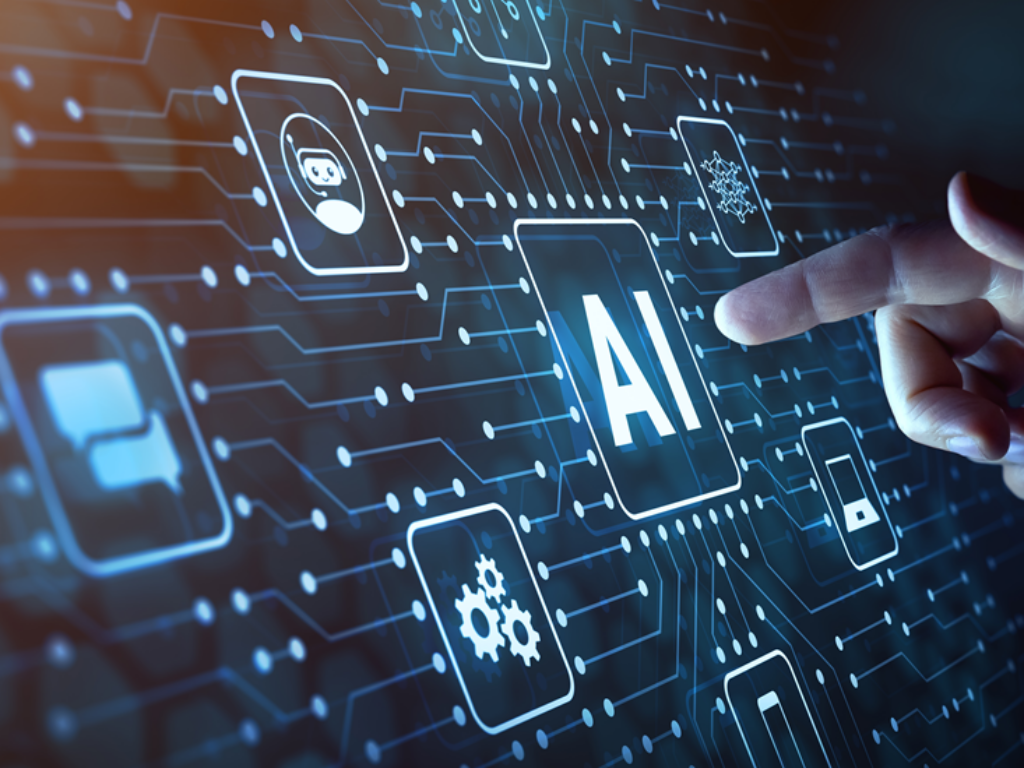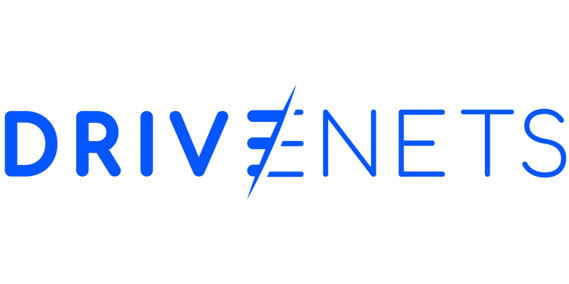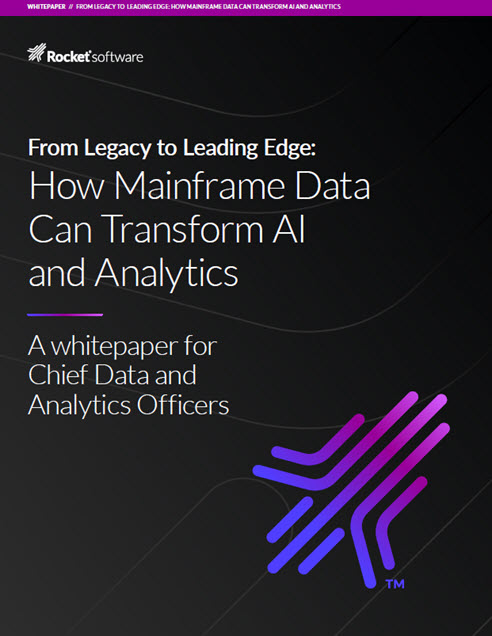In this contributed article, Jesse Todd, CEO of EncompaaS, discusses the first steps for an organization wishing to harness the inherent value of its data and multiply AI success.
New Advancements in GenAI are Warding Off an AI Winter
In this analyst piece, Isabel Al-Dhahir, Principal Analyst at GlobalData shares that while delivering on AI is not a straightforward endeavor, advancements in AI algorithms, continued diversification of revenue streams and the rise of SLMs will all see AI and particularly GenAI continue its growth through Q4 and into 2025.
How the Age of Generative AI is Changing a CISOs Approach to Security
In this contributed article, Chris Peake, Chief Information Security Officer (CISO) and Senior Vice President of Security at Smartsheet, explores how the role of CISOs is evolving to address new security challenges posed by generative AI. The article underscores the importance of collaboration and adaptability to keep organizations secure as AI is expected to continue to reshape cybersecurity in 2025.
The Imperative of Data Curation
In this contributed article, Colin Kessinger. Executive Partner at Ethos Capital, touches on why data curation needs to be a priority. He discusses why data lakes ultimately end up being a burden – and addresses the misconception that once data is stored, it is inherently useful – along with the differences between curation and governance.
Defeating Fraudsters at the Finish Line: The Power of AI in Gaming Transactions
In this contributed article, Zach Nass, Head of Gaming and Prepaid at nSure.ai, discusses how the gaming industry can tackle payment fraud using advanced AI solutions.
AI in Construction: Tackling Fragmented Data with Intelligent Solutions
In this contributed article, Omar Zhandarbekuly, co-founder at Surfaice.pro, explores how AI —particularly knowledge graphs, generative AI, and agentic AI—can bridge these gaps, transforming construction processes into streamlined, intelligent standalone systems.
AI Expert: More Must Be Done to Protect Data Privacy in the AI Age
In this contributed article, Chris Stephenson, Managing Director of Intelligent Automation, AI & Digital Services at alliant, discusses why more must be done to protect data privacy in the AI age. LinkedIn’s covert data grab is just one example of how the data scarcity problem is prompting AI companies to get creative at the expense of consumer privacy.
How Generative AI Can Transform the Future of Identity and Access Management
In this contributed article, Anirban Bhattacharya dives into how generative AI addresses persistent challenges like proper role definition, inefficient access reviews, and the limitations of static authentication methods. From AI-driven threat detection to delivering seamless, personalized user experiences, this article outlines the innovative ways generative AI is shaping the future of IAM.
Challenging the Cloud-Only Path to AI Innovation: A Critical Look at Vendor-Led AI Roadmaps
In this contributed article, Saulo Bomfim, Vice President, Product and Service Strategy at Rimini Street, suggests that as major enterprise software vendors limit their AI offerings to cloud-only platforms, organizations face mounting pressure to migrate—but instead of jumping into costly cloud transitions, IT leaders should first be aware of these four key challenges that could impact their AI transformation journey, and a viable solution to combat them all.
AI’s Impact on Data Centers: Driving Energy Efficiency and Sustainable Innovation
In this contributed article, Joe Reele, Vice President, Solution Architects at Schneider Electric, discusses the challenges and innovations in data center design driven by AI advancements and discusses the implications for energy consumption, infrastructure, and technological evolution.

